'Coalition of the Willing' leaders to meet on Aug 17 – The Guardian
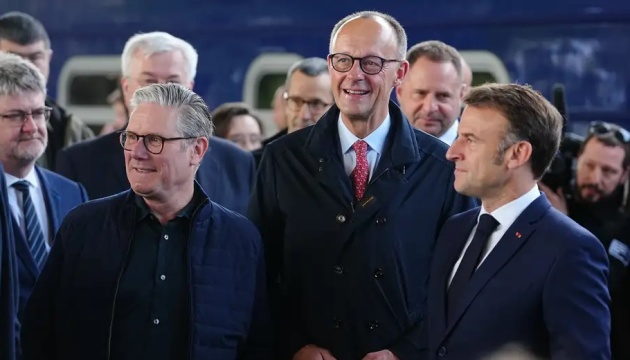

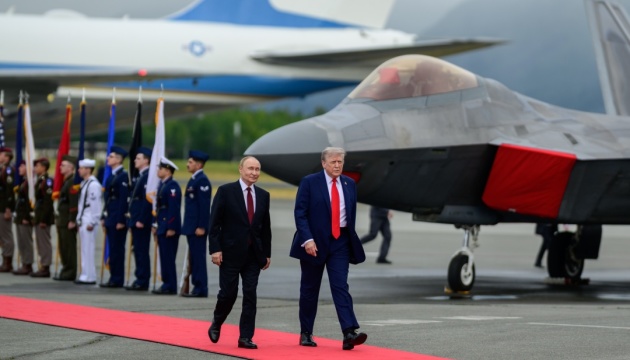
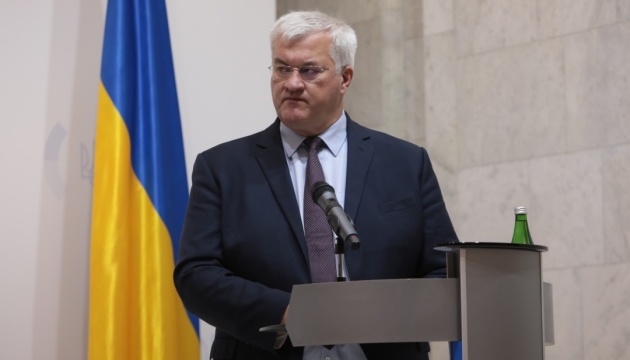

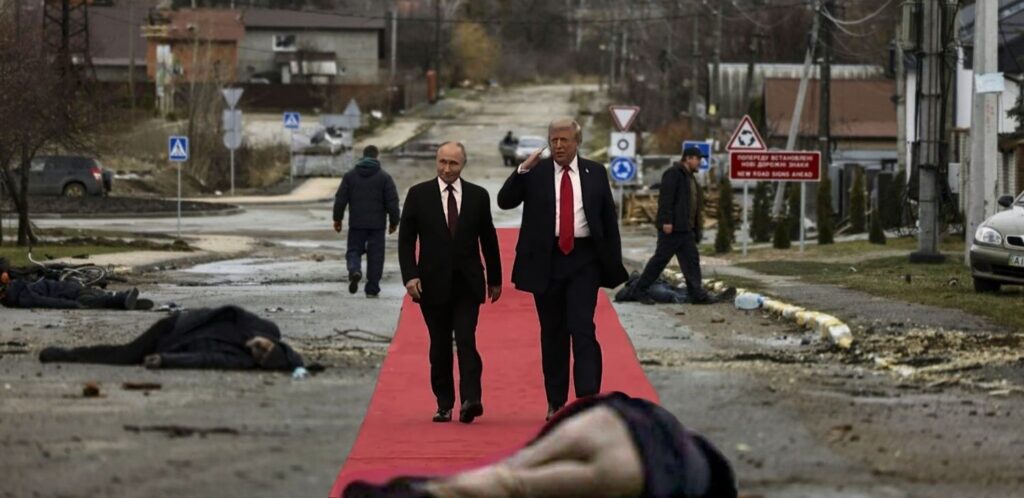
Disgusting.
That’s the word watching American soldiers drop to their knees, unrolling a red carpet for the man who killed Ukrainian children yesterday and will kill more tomorrow.
While Putin posed for photos in Alaska, Ukrainian parents were pulling their kids from rubble. While he grinned in Trump’s limousine, Ukrainian mothers were digging graves. While an Orthodox bishop exchanged gifts with a war criminal, 19,000 stolen Ukrainian children remained in Russian camps.
What really happened Friday: America told the world that genocide pays. War crimes get you red carpet treatment. Russia’s Foreign Minister showed up wearing a USSR sweatshirt. Russian state media served “chicken Kyiv” on Putin’s plane while actual Kyiv burns nightly from Russia’s drones.
The message was clear: We own you now.
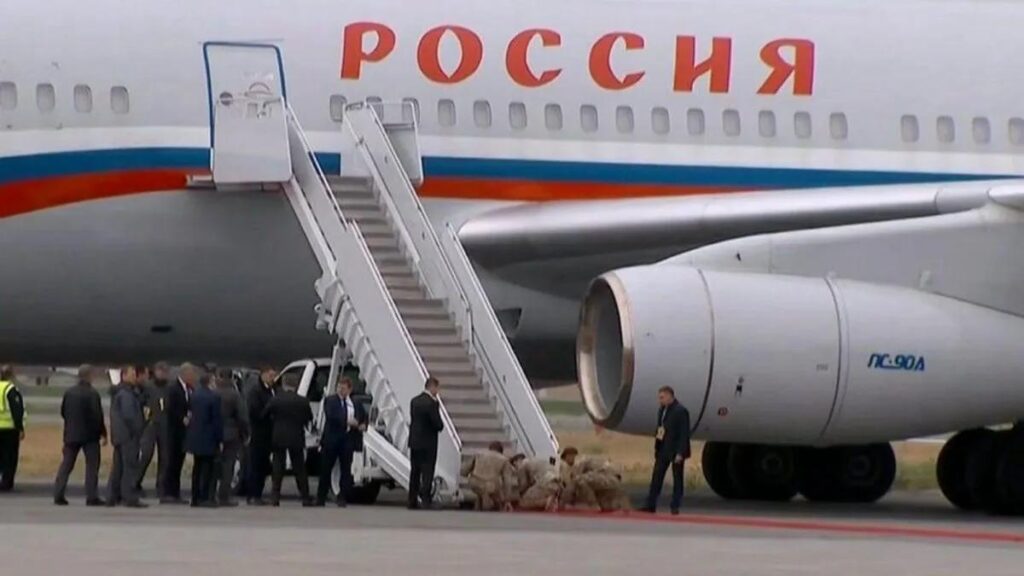
Putin didn’t just get legitimacy in Alaska; he got proof that the West has abandoned truth itself.
Western leaders have decided that right and wrong can be reversed. That genocide can become “diplomacy,” and war crimes—”peace talks.” Child killers become “partners.” This is the oldest human temptation—deciding for yourself what counts as good and evil instead of acknowledging what’s actually real.
Putin isn’t after land—he’s after the elimination of Ukrainian statehood itself. But reality doesn’t bend to political convenience. Our right to exist isn’t negotiable.
Truth 2: Truth and justice make civilizations great, not strongmen. Trump thinks Putin is powerful. He said Russian troops “retreated” from Kyiv because they got stuck in the mud, not because ordinary Ukrainians picked up arms.Trump promised to “Make America Great Again.” He could have done exactly that by supporting the country that’s actually upholding what makes America great. Instead, he chose to curry favor with a perpetrator of genocide.
Truth 3: Unconfronted evil grows. Politicians keep saying: “This war needs to end, it’s cost thousands of lives.”Here’s the lie: give Putin what he wants and he’ll stop wanting more. Give the bully your lunch money, and he’ll definitely leave you alone forever.
But evil doesn’t get satisfied when fed—it gets hungrier. Putin didn’t stop after Georgia or Crimea, and he won’t stop after Donetsk.
This is the West’s war being fought with Ukrainian blood. Putin isn’t just trying to erase Ukraine—he’s testing whether democratic civilization will defend itself. Friday gave him his answer.
Ukraine fights for the principle of existence itself—that different peoples should exist, should grow, should contribute their own gifts to the world. Ukraine wants to live and create.
Russia, on the other hand, unleashes the forces of chaos and destruction. And every time a people is erased, the world becomes smaller, darker, less human.
The West can abandon Ukraine today and face Putin’s tanks in Warsaw tomorrow. America can sell us out now and watch its own children conscripted later.
Friday was America’s test. America failed.
But Ukrainians are still fighting. Still dying for the principles democratic civilization claims to believe in. Still holding the line that Western leaders are too weak to defend.
The West has one chance left:
Send every weapon Ukraine needs. Now.
Freeze every Russian asset. Today.
Cut every pipeline, every bank, every trade deal that feeds Russian aggression.
Ukraine cannot do this alone. We shouldn’t have to. The soldiers who knelt for Putin should be loading planes with weapons for Ukraine instead.
The choice is simple: Act now, or explain later why comfort was chosen over courage when civilization hung in the balance.
Ukrainian children are still dying while Western leaders decide whether their lives matter more than political convenience.
And remember this: there can be no peace without justice. Not for us. Not for you. Not for anyone.
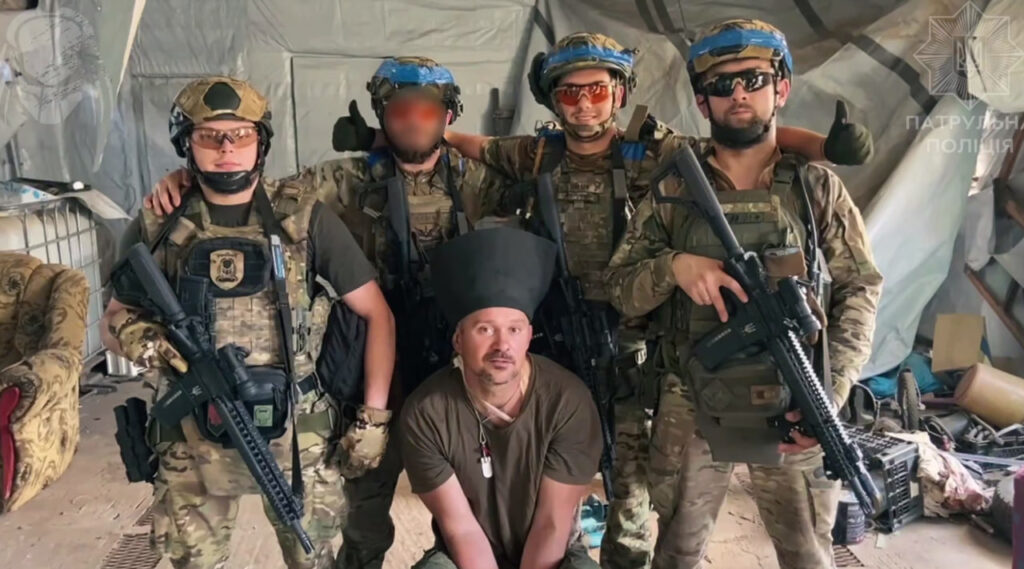
A drone, suicide, a lover, crypto, and a note. On the Toretsk front, aerial scouts from the Khyzhak Brigade of the Patrol Police Department have conducted a unique psychological operation. As a result, one Russian assault soldier shot himself, and another surrendered after a note was dropped by a drone: “Want to live — follow the drone.”
It all began when two Russian occupiers moved toward Ukrainian positions.
“Our aerial scouts from the bomber group met them from the sky. Accurate drops — one wounded soldier couldn’t endure and shot himself. The other, barely breathing, raised his hands and begged for mercy,” the brigade reports.
The wounded soldier turned out to be 43-year-old Andryukha, a former Russian national rugby team player, with a call sign “Rugby Player.”
According to the fighters, he previously ran a cryptocurrency company but went bankrupt and fell into 6 million rubles of debt. His lover and promises of easy service pushed him to the war, but he was thrown into an assault unit.
“Now he says he never wanted to kill Ukrainians and is not eager for an exchange, because he knows that if he returns, the Russians will send him to die again,” the brigade concludes.

European leaders issued a pointed statement that reveals deep concerns about being sidelined in Ukraine peace negotiations after the 15 August Trump-Putin summit in Alaska.
The joint declaration from seven EU leaders—released early 16 August morning—welcomed President Trump’s diplomatic efforts while laying down non-negotiable red lines that could complicate any future deal.
According to the European Union statement, leaders including French President Emmanuel Macron, Italian Prime Minister Giorgia Meloni, European Commission President Ursula von der Leyen, and German Chancellor Friedrich Merz insisted that Ukraine must receive “ironclad security guarantees to effectively defend its sovereignty and territorial integrity.”
The statement reveals European priorities that may not align with whatever Trump and Putin discussed in their three-hour meeting Friday at Joint Base Elmendorf-Richardson in Alaska.
“We are clear that Ukraine must have ironclad security guarantees to effectively defend its sovereignty and territorial integrity. We welcome President Trump’s statement that the US is prepared to give security guarantees. The Coalition of the Willing is ready to play an active role.”
European leaders want direct involvement in any future negotiations, declaring they are “ready to work with President Trump and President Zelenskyy towards a trilateral summit with European support.”
The EU statement offers clues about what European leaders fear most. Their insistence that “no limitations should be placed on Ukraine’s armed forces or on its cooperation with third countries” suggests concern that Trump might agree to constraints on Western military aid.
Even more pointed: “Russia cannot have a veto against Ukraine’s pathway to EU and NATO,” the leaders declared—a direct pushback against any deal that would limit Ukraine’s Western integration.
The Europeans also rejected territorial concessions, stating bluntly that “it will be up to Ukraine to make decisions on its territory. International borders must not be changed by force.”
The EU leaders’ statement reads like diplomatic insurance—an attempt to lock in principles before Trump sits down with Zelenskyy for follow-up talks, scheduled on 18 August in Washington.
Their promise of continued pressure reveals the leverage they’re prepared to use:
“As long as the killing in Ukraine continues, we stand ready to uphold the pressure on Russia. We will continue to strengthen sanctions and wider economic measures to put pressure on Russia’s war economy.”
The leaders want to ensure “unwavering solidarity” with Ukraine while working toward “a peace that safeguards Ukraine’s and Europe’s vital security interests.”
The next phase will reveal whether Trump’s promised meeting with Zelenskyy can bridge the gap between what Russia might accept and what Europe demands.
The Alaska summit may have been bilateral, but any lasting agreement will need to satisfy a much larger coalition—one that Europe just reminded everyone it intends to lead.
He may have helped to persuade Donald Trump not to abandon Ukraine, but for all his energy devoted to foreign policy, the PM has gained no credit for it at home, writes John Rentoul

© PA Wire
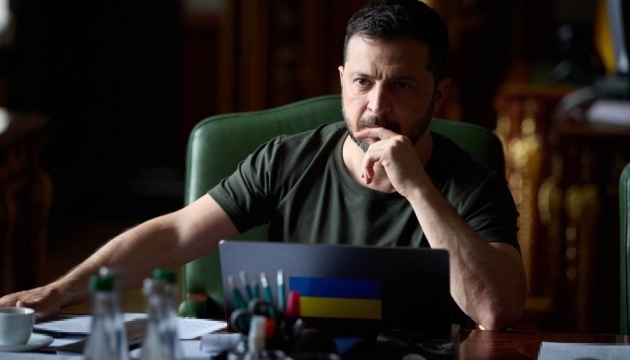
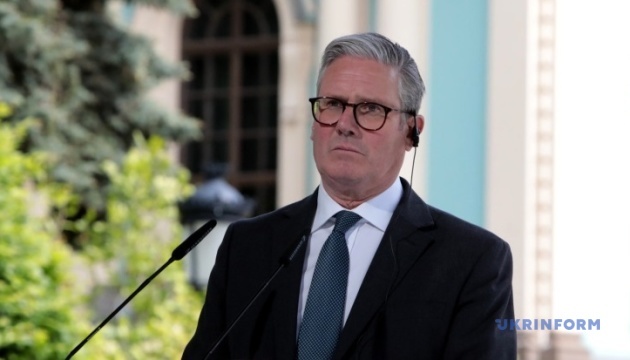
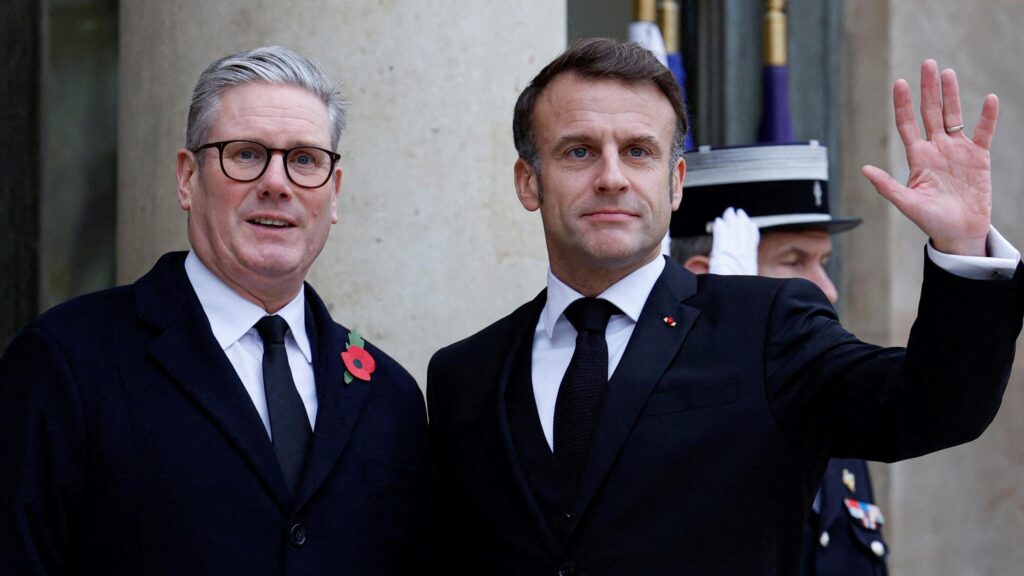
Lessons of the past 30 years cannot be ignored. French President Emmanuel Macron calls to taking into account all the lessons of the past three decades, particularly Russia’s history of ignoring its commitments after the meeting between Donald Trump and Vladimir Putin in Alaska, which ended without a peace agreement or sanctions on Moscow.
“It will also be essential to draw all the lessons from the past 30 years, in particular from Russia’s well-established tendency not to honor its own commitments,” Macron claims.
He added that, together with Trump and Zelenskyy, he will act “in a spirit of unity and responsibility,” supporting Ukraine and maintaining pressure on Russia as long as its aggression continues.
According to Macron, any long-term peace must be based on unwavering security guarantees and respect for Ukraine’s rights. The French president emphasized the unity of European and Western leaders on this matter.
Macron also welcomed the US willingness to contribute to strengthening peace.
“We will work on this with them and all our partners within the Coalition of the Willing, with whom we will meet again soon to achieve concrete progress,” the French president adds.
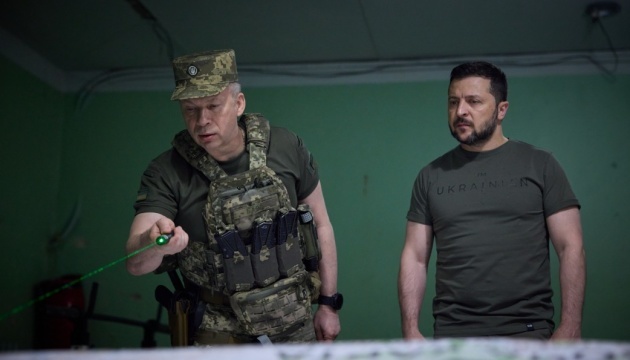
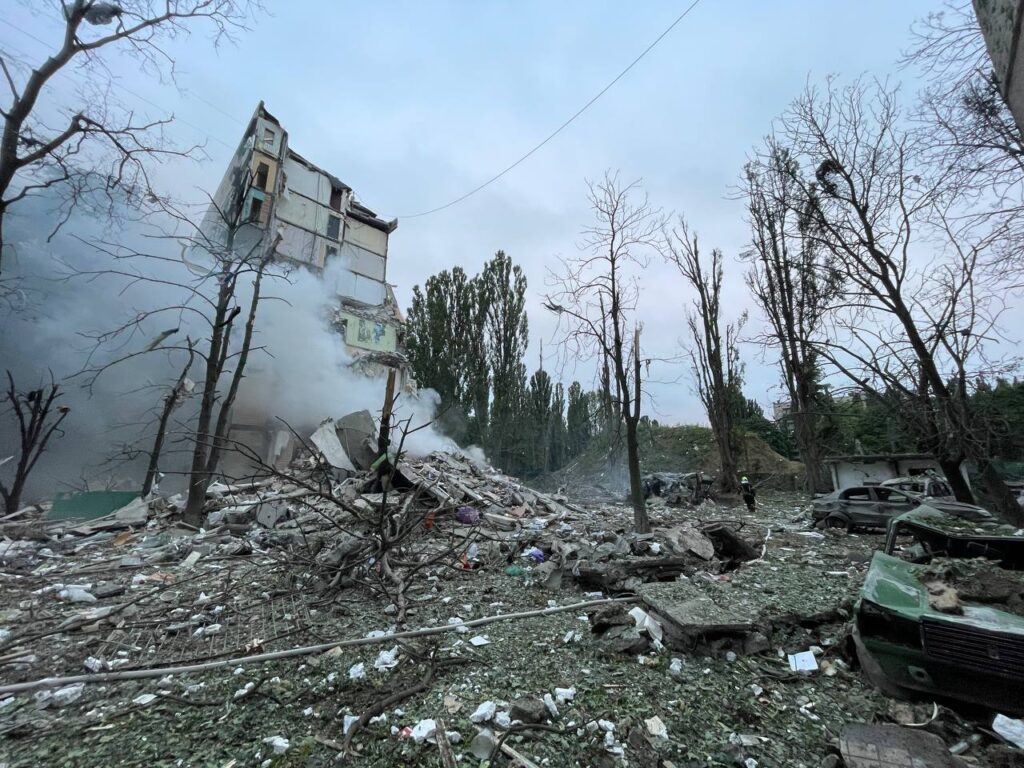
Ukraine disagrees with US President Donald Trump’s vision of ending the war. Kyiv insists that there must first be a ceasefire, followed by a negotiating process. Otherwise, Russia could use endless strikes to secure the most favorable terms, UNIAN reports.
Presidential Office adviser Serhii Leshchenko says that negotiations before a ceasefire create major risks of blackmail for Ukraine.
“Our vision is first a ceasefire, and then everything else. Why? Because if we negotiate before a ceasefire, it creates big risks of blackmail for Ukraine. If there is a ceasefire, space for diplomacy opens,” Leshchenko explains.
The adviser claims that a ceasefire is necessary before starting substantive negotiations. Talks cannot be conducted in parallel with ongoing battles at the front.
“Today the fighting is one way, tomorrow another. This can have serious consequences due to very short-term shifts on the battlefield, in one direction or another,” Leshchenko adds.
Trump has claimed his intention to end the war in Ukraine since the first day he took office. He has called Putin six times, and each time his conversations ended with even more bloody Russian attacks on Ukrainian civilians.


Moscow prepares a new strike, but Kyiv will respond asymmetrically. Ukrainian President Volodymyr Zelenskyy warns that in the coming days, Russia may sharply intensify its attacks, trying to create favorable conditions for negotiations. However, Ukraine is ready to counter the aggressor “asymmetrically, if needed.”
According to Zelenskyy, Ukrainian Armed Forces units have been achieving success for the second day in a row on the toughest sections of the front, in the areas of Dobropillia and Pokrovsk.
“The destruction of occupiers who tried to infiltrate deep into our positions continues. Ukraine has received important additions to the exchange fund in the form of captured Russian soldiers,” the president states.
The Ukrainian president also praises the combat performance of the 79th and 82nd Air Assault Brigades, the 1st and 425th Assault Regiments, the 25th Battalion, and other units holding the defense in the Pokrovsk direction.
“We are recording the movement and preparations of Russian troops. Of course, we will respond, asymmetrically if needed,” Zelenskyy adds.
Earlier, we reported that the Trump-Putin meeting ended without signing a treaty or ceasefire agreement. At the same time, no sanctions were imposed on Russia or its main partner, China. The red carpet and warm reception for Putin, who launched Russia’s war that has killed 13,800 civilians, including children, sparked outrage around the world.
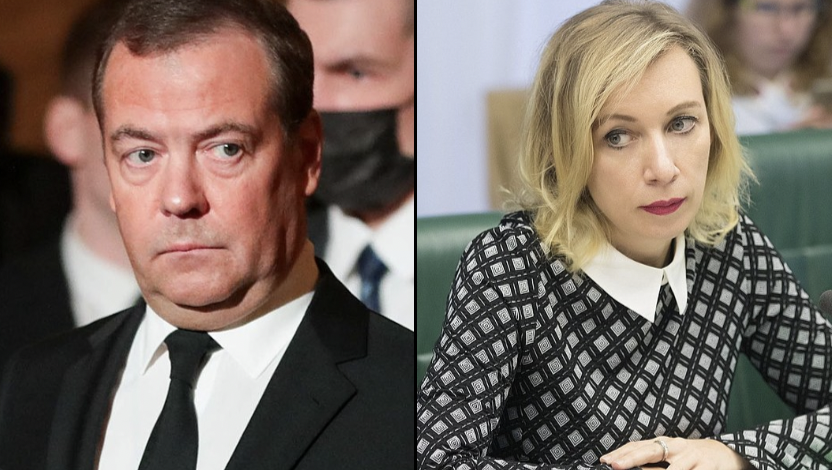
Russian Deputy Security Council Chairman Dmitry Medvedev declared that 15 August Trump-Putin summit in Alaska “restored a full-fledged mechanism of meetings” between the two countries at the highest level. But did the three-hour encounter actually produce the breakthrough Moscow claims?
The meeting ended without a concrete agreement on Ukraine, with Trump stating “there’s no deal until there’s a deal” during the joint news conference.
Yet according to Medvedev’s Telegram post, Putin “personally and in detail outlined to the US President” Russia’s conditions for ending the war.
Medvedev writes that the meeting proved “negotiations are possible without preconditions and simultaneously with the continuation of the ‘special military operation.'”
He claimed both sides “directly placed responsibility for achieving future results in negotiations on cessation of military actions on Kyiv and Europe.”
After the talks, Trump urged Zelenskyy to “make a deal” with Russia, emphasizing the need for a direct peace agreement rather than a ceasefire, which often fails to hold.
Why frame it this way? Russian media celebrated what they saw as validation after years of isolation claims, with Foreign Ministry spokesperson Maria Zakharova writing:
“For years they have been talking about the isolation of Russia, and today they saw the red carpet that greeted the Russian president”.
Zakharova separately stated that Russia is “no longer in isolation.”
Journalist: “When will you stop killing civilians?”
— Euromaidan Press (@EuromaidanPress) August 15, 2025
Putin pretends not to hear.
Minutes later — he and Trump slip into the presidential Cadillac for talks. pic.twitter.com/z7mrfIfIgl
Trump and Putin met for nearly three hours at Joint Base Elmendorf-Richardson but emerged without taking questions from reporters after their joint briefing.
Trump said he and Putin “made some headway” and “great progress” but offered no specifics about any agreements reached.
The atmospherics favored Moscow. Putin received a red carpet welcome at the Alaska military base despite an International Criminal Court (ICC) war crimes warrant that restricts the Russian leader’s global movements.
In 2023, the Hague’s court found Putin and Russia’s children’s commissioner Maria Lvova-Belova guilty of illegally transferring Ukrainian children from occupied areas.
The First Lady Melania Trump reportedly addressed this humanitarian crisis of Ukrainian children abducted by Russian forces in a letter handed to Putin via Trump.
Trump told Fox News there were “one or two pretty significant items” preventing a conclusive peace deal, but declined to specify what they were. He added: “Now it’s really up to President Zelenskyy to get it done.”
The US president also suggested that a future trilateral summit involving himself, Zelenskyy, and Putin could be convened to finalize peace terms, but no specific timeline was given, while Russia denied claims of a planned three-leader meeting.
"Red carpet". Ukrainian artist Oleh Shupliaк depicted meeting of US President Trump and Russian President Putin
— Euromaidan Press (@EuromaidanPress) August 15, 2025
Russia's war has killed 13,800 civilians, not counting victims in cities such as Mariupol, where thousands may have been killed in Russian attacksOleh Shupliaк pic.twitter.com/79vunGbjz7
Meanwhile, Putin showed no signs of backing down from Russia’s core demands, saying any deal needs “to consider all legitimate concerns of Russia and to reinstate a just balance of security in Europe and in the world on the whole”.
Russian key demands for Ukraine include:
Both leaders expressed interest in future meetings, with Putin suggesting “Next time in Moscow”. Trump held a phone call with Zelenskyy on the next day and expects the Ukrainian president’s visit to Washington on 18 August.
Zelenskyy stressed that Europe needs to be involved every step of the way to make sure Ukraine gets solid security guarantees.
The meeting marked Putin’s first visit to a Western country since ordering the full-scale invasion of Ukraine and his first time on US military property as Russian president.
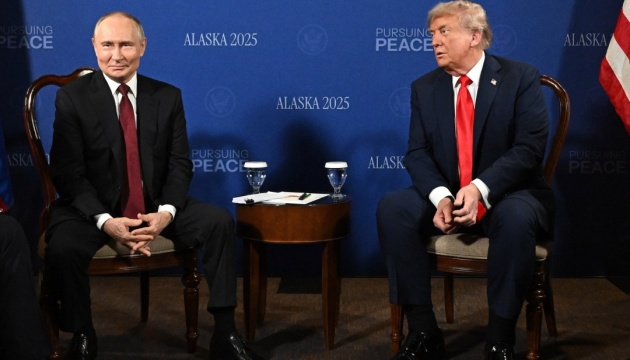
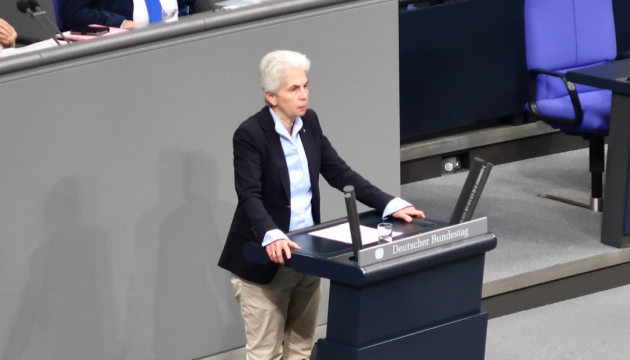
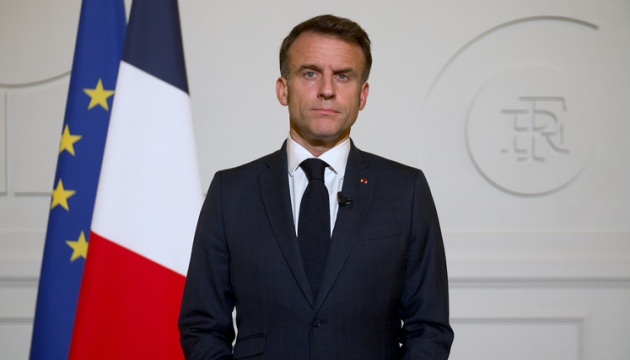

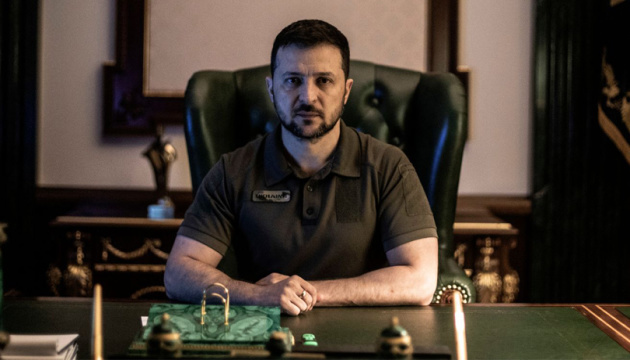
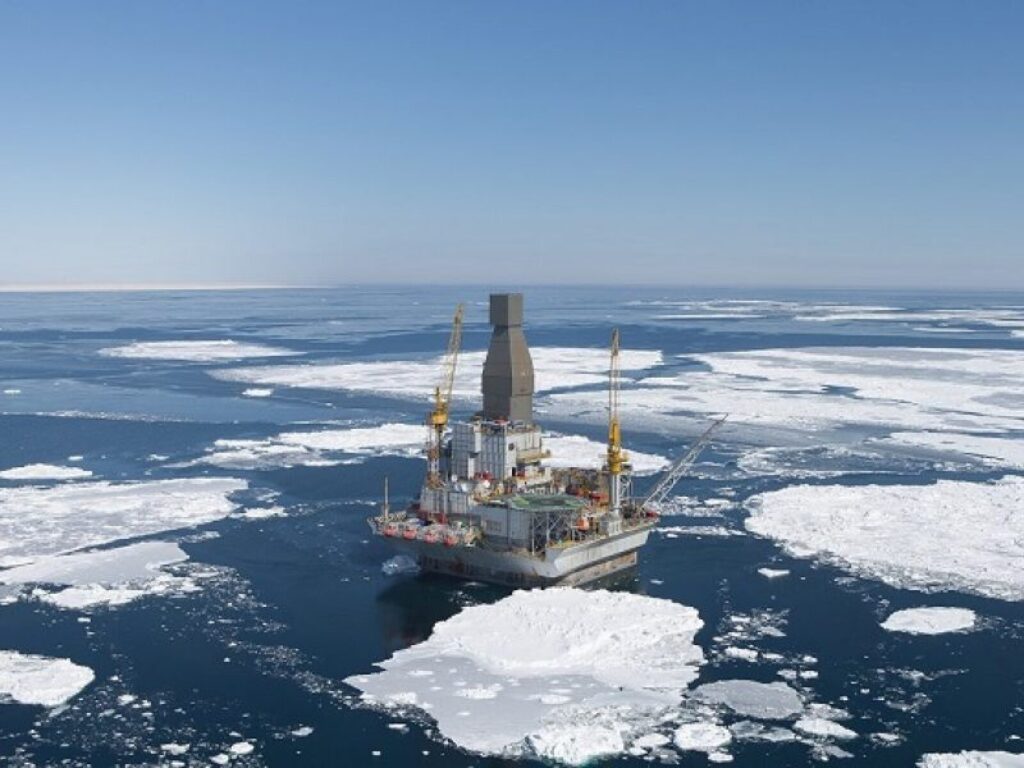
Vladimir Putin signed a decree on 15 August that could enable foreign investors, including US oil major Exxon Mobil, to reclaim their shares in the Sakhalin-1 oil and gas project.
Friday’s announcement serves as a follow-up to Putin’s October 2022 decree that ordered the seizure of the Sakhalin-1 project, Reuters reports.
Exxon previously operated a 30% stake in the project and remains the only non-Russian investor to have exited its position. Other partners—India’s ONGC Videsh and Japan’s SODECO—kept their shares. Only Exxon walked away.
But here’s the catch: Exxon would need to actively work against the very sanctions that pushed it out. The decree requires foreign shareholders to “undertake actions to support the lifting of Western sanctions” if they want back in.
That’s a tall order. Exxon took a $4.6 billion hit to exit Russia after the February 2022 full-scale invasion. Would the company spend resources lobbying against US policy for a project the Kremlin seized?
The mechanics get messier. Foreign investors must also secure contracts for foreign-made equipment and transfer funds to project accounts. Three years after comprehensive sanctions, that equipment pipeline barely exists.
Can Trump deliver? His team has reportedly identified sanctions they could lift quickly with progress on Ukraine. Sakhalin-1 itself hasn’t been directly sanctioned, creating potential wiggle room.
Russia extended the sale deadline for Exxon’s unclaimed stake until 2026 last December. Translation: Moscow still wants that American expertise and technology.
The economics are stark. Russian oil prices have collapsed from $100 to $55 per barrel since the full-scale war began. Budget revenues have plummeted. Russia’s National Welfare Fund could run dry by late 2025, experts estimate.
Oil and gas revenues have been a crucial source of cash for the Kremlin, accounting for a quarter of total federal budget proceeds.
Earlier, Trump also publicly needled Putin about Russia’s economic struggles, saying the Russian leader should focus on rebuilding his country’s finances rather than fighting wars.
The question remains whether any Western company would risk reputational damage to re-enter Russia while the war continues. For now, Putin has opened the door. Whether anyone walks through it depends on factors far beyond oil prices.
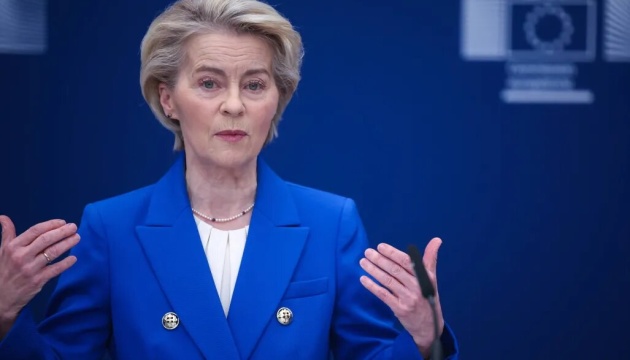
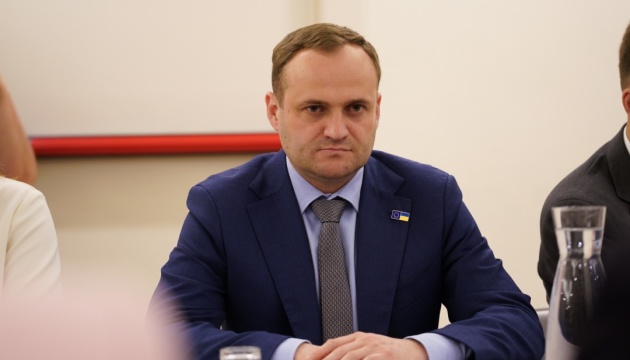
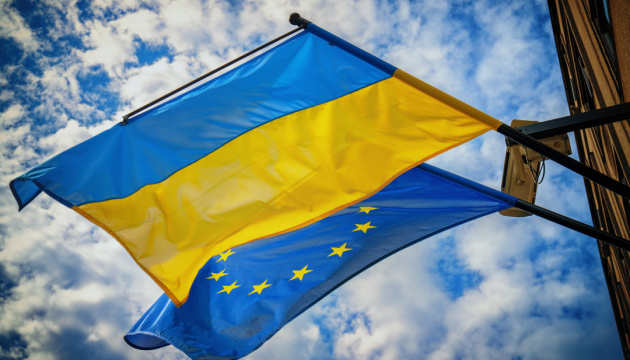
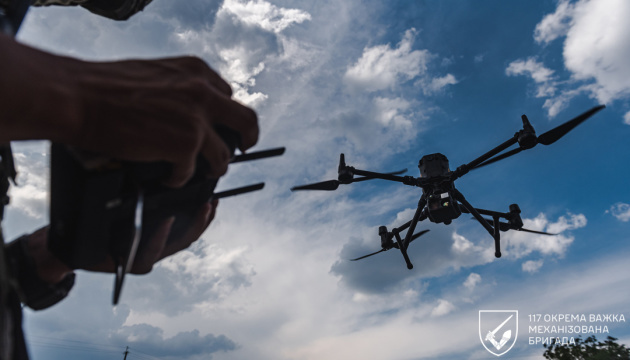

© Copyright 2025 The Associated Press. All rights reserved.

First Lady Melania Trump sent a personal letter to Russian President Vladimir Putin addressing the deportations of Ukrainian children during the ongoing war, according to Reuters citing White House officials.
Trump hand-delivered the letter during their 15 August summit in Anchorage, Alaska. The officials wouldn’t reveal details beyond confirming it addressed child abductions, Reuters reports.
Why does this matter? Ukraine has documented over 19,000 children illegally removed from their territories. That’s not a disputed number—it’s Ukraine’s official count as of June.
The International Criminal Court took notice. In 2023, judges issued arrest warrants for Putin and Russia’s children’s commissioner Maria Lvova-Belova. The charge: illegally transferring Ukrainian children from occupied areas.
Russia’s position? Moscow says it protects vulnerable children from war zones.
Some can. The International Coalition for the Return of Ukrainian Children—41 countries plus the Council of Europe—managed to bring back nearly 600 children in 2024 alone.
But the numbers tell a stark story. Nearly 600 returned. Over 19,000 documented as taken but the actual number could be much higher, possibly in the hundreds of thousands.
The deported children include those with and without parents, ranging from infants to 17 years old, many of whom have had their identities changed and been subjected to forced Russification and adoption by Russian families.
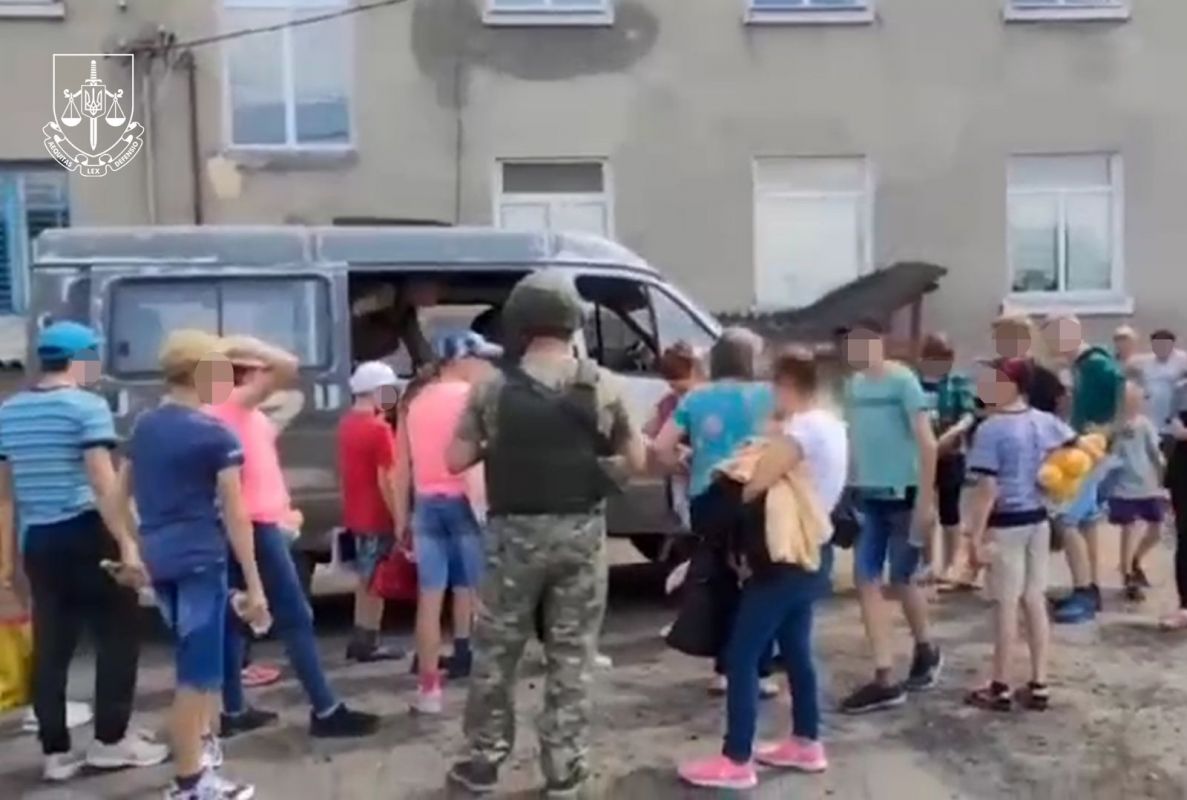
The Alaska meeting almost didn’t happen as planned. Initial reports suggested a private conversation between the two leaders. Instead, both sides brought backup.
Trump’s team: Secretary of State Marco Rubio and Special Envoy Steve Witkoff. Putin’s delegation: Foreign Minister Sergey Lavrov and Presidential Assistant Yury Ushakov.
Three hours behind closed doors at Elmendorf-Richardson military base but no ceasefire reached. Trump emerged calling it “constructive” and rating the encounter “10 out of 10.”
Trump outlined potential war resolution terms involving territorial swaps and US security guarantees. But here’s the catch: he placed responsibility for any ceasefire deal squarely on Ukrainian President Volodymyr Zelenskyy.
“I think we’re pretty close to the end,” he said, though he added a crucial caveat: “Ukraine has to agree to this.”
Will additional sanctions follow? Not immediately. Trump indicated he would hold off on the “serious consequences”he previously threatened against Russia.

Ukrainian president Volodymyr Zelensky is due to meeting Trump in Washington next week after the Alaska summit ended without a deal

© AP
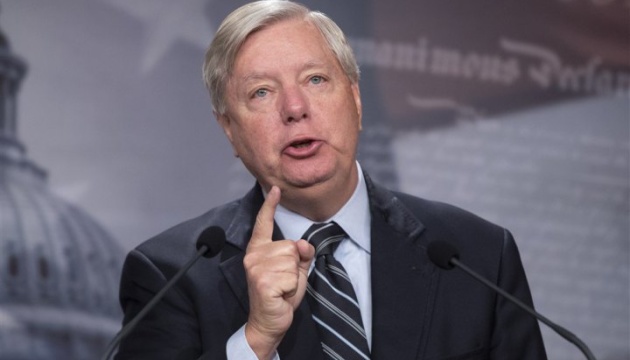
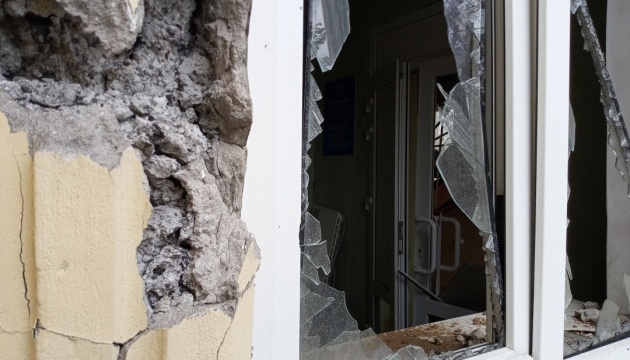
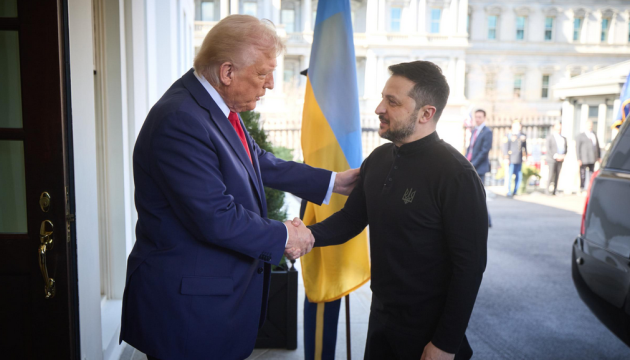
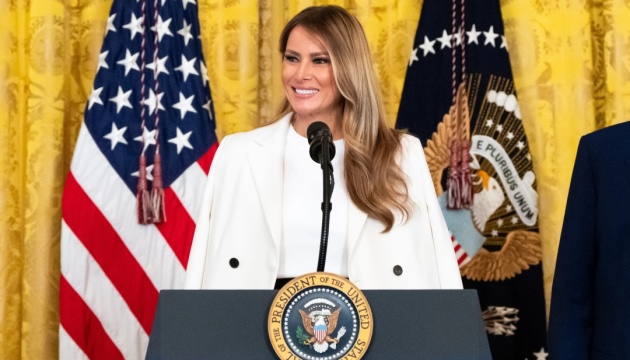
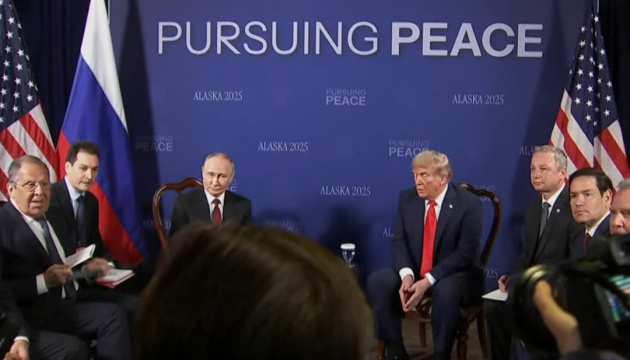

How do you score a three-hour meeting that produces no deal to end a war?
If you’re Donald Trump, the answer is simple: 10 out of 10.
The president emerged from his Alaska summit with Vladimir Putin declaring total success despite acknowledging that “not all points were agreed upon” and confirming there was “no deal” on ending the Russo-Ukrainian war. His reasoning? “We got along great,” Trump told Fox News.
But here’s where it gets interesting. Trump immediately shifted responsibility for any future agreement to Ukrainian President Volodymyr Zelenskyy.
“Now it’s really up to President Zelenskyy to get it done,” he said, announcing plans for a trilateral meeting between himself, Putin, and the Ukrainian leader.
What actually happened in that room? The 15 August meeting at Elmendorf-Richardson military base started as a planned one-on-one but expanded to include six officials total. Trump brought Secretary of State Marco Rubio and special envoy Steve Witkoff. Putin arrived with Foreign Minister Sergey Lavrov and presidential assistant Yury Ushakov.
The substance? Trump says he and Putin agreed on territorial exchanges and American security guarantees for Ukraine.
“I think those are the points we discussed, and those are the points on which we mostly reached agreement,” he told Fox News, describing the atmosphere as “warm.”
Here’s the catch: Trump refused to detail what’s actually preventing a final deal. He would only say he wanted to “see what we can do.”
Why the confidence then? Trump believes momentum is building.
“I think we’re pretty close to the end,” he said, though he added a crucial caveat: “Ukraine has to agree to this.”
For Putin, the direct talks with a US leader offered symbolic validation after years of isolation, though his demands—including Ukraine’s withdrawal from occupied regions, forsaking NATO membership, and sanction relief—amount to Ukraine’s capitulation.
Ukrainian President Volodymyr Zelenskyy was excluded from the summit, sparking concerns among European allies that Kyiv could be pressured into territorial concessions.
The US president wasted no time following up. He called Zelenskyy the morning after his Putin meeting—16 August—in what both the White House and Zelenskyy’s office described as a “lengthy” conversation that included NATO leaders.
Trump’s advice to the Ukrainian president was blunt: “A deal needs to be made.”
Both sides called the nearly three-hour Alaska session “constructive” without providing specifics. Trump said he achieved “really significant progress” with Putin, whom he described as a “strong guy” and “incredibly tough.”
But there’s a complication. Putin’s assistant Yury Ushakov—the same aide who sat in that Alaska meeting—told Russian media that “the topic of holding a trilateral summit of Putin, Trump and Zelenskyy has not yet been raised.” Russian officials also said they don’t know when Putin and Trump will meet again.
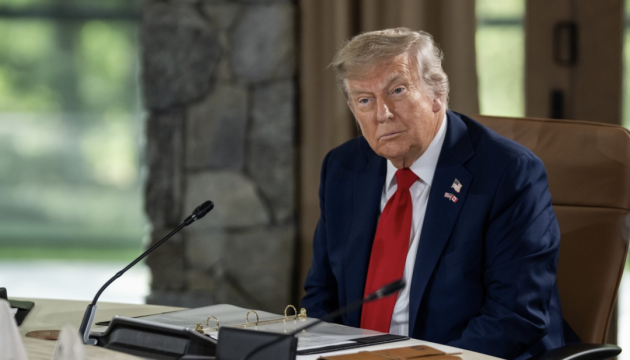
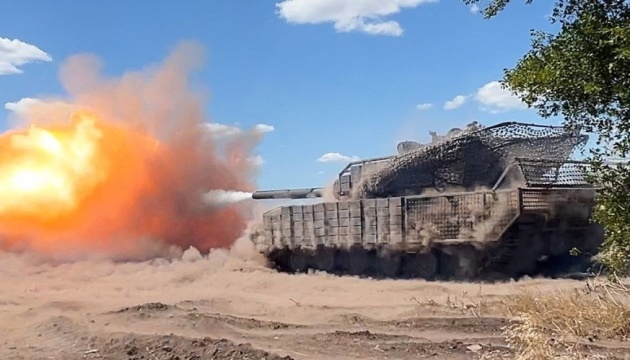
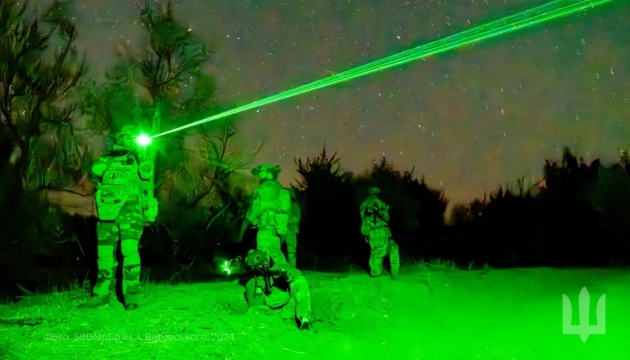
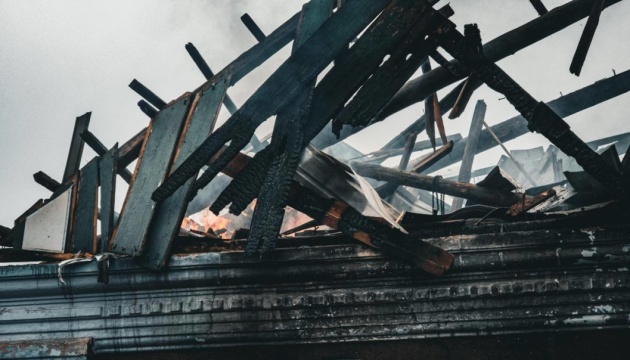

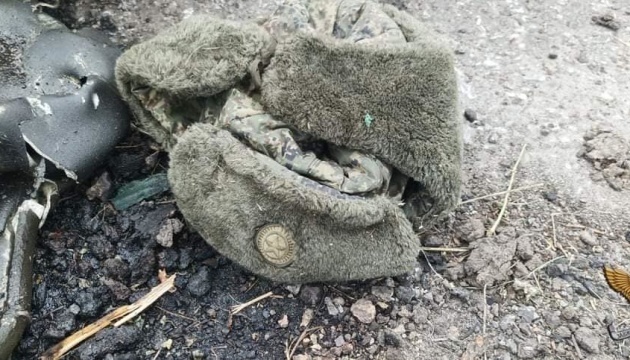
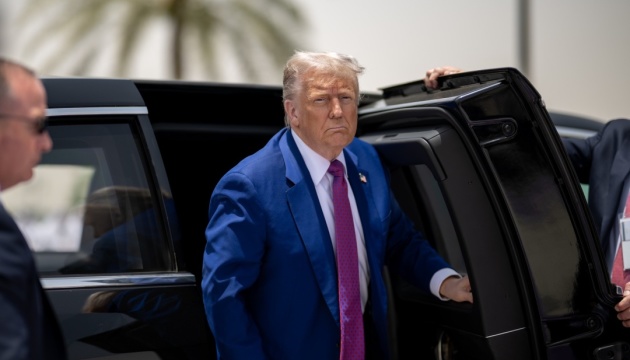
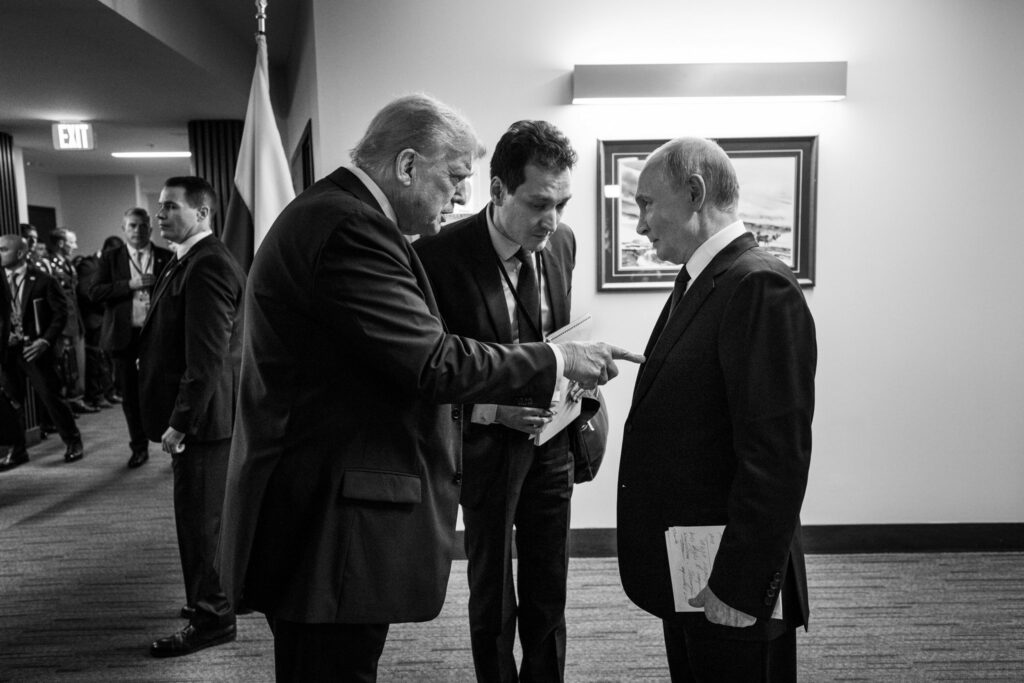
The meeting in Alaska has not brought peace to Ukraine. Following talks with Vladimir Putin, US President Donald Trump stated that no ceasefire or peace deal has been reached so far. While the leaders discussed “many points,” no key agreements were made, Reuters reports.
Ukrainian leader Volodymyr Zelenskyy was not invited to the meeting, and his European allies feared Trump would force Kyiv into territorial concessions, recognizing Russian control over one-fifth of Ukraine.
At a joint press conference in Anchorage, Trump called the meeting with Putin “very productive” and stressed that “there were many, many points that we agreed on, most of them, I would say.”
“A couple of big ones that we haven’t quite gotten there but we’ve made some headway. So there’s no deal until there’s a deal,” Trump said.
The US president briefed other leaders, including Volodymyr Zelenskyy and NATO representatives, on the outcome of the talks, according to CBS News.
Trump also said he would hold off on imposing tariffs on China for buying Russian oil, even after no definite progress was reached.
“Because of what happened today, I think I don’t have to think about that now. I may have to think about it in two weeks or three weeks or something, but we don’t have to think about that right now,” he claimed.
Earlier, the Russian president said he was ready to “end the war,” but only on the conditions he put forward back in June 2024. These include:
Such demands in effect amount to Ukraine’s capitulation.
Kyiv, not invited to the talks in Alaska, has also outlined its clear position: before any discussion on territories, there must be a ceasefire, security guarantees, compensation for rebuilding the country, and the return of children and prisoners.
None of these points were agreed upon during the Trump-Putin meeting.
At the same time, Russia continued its drone and missile strikes on Ukraine. During the night of 16 August, Kyiv forces downed 61 Russian drones. They targeted 24 objects in four Ukrainian regions.
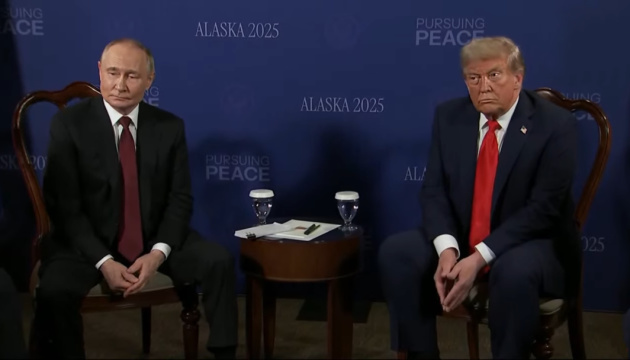
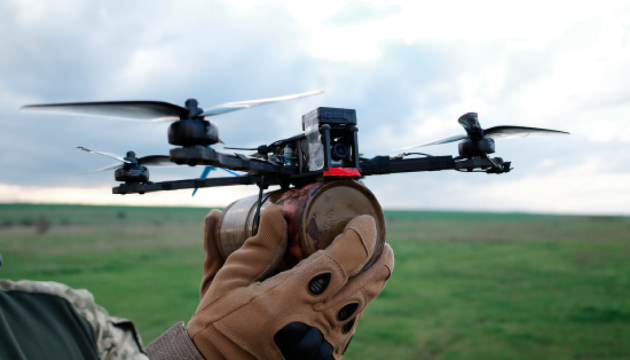
The Russian president has been accused of unlawfully deporting children and transferring them from occupied areas of Ukraine to Russia

© Andrew Caballero-Reynolds/AFP via Getty Images
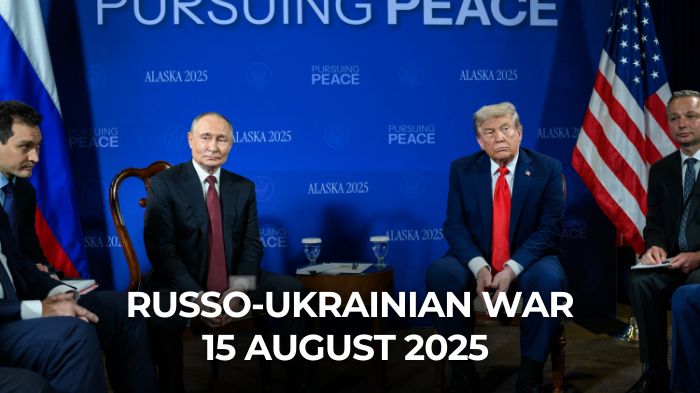
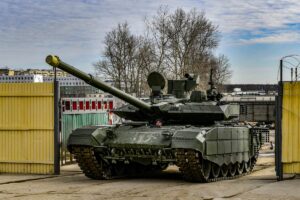 |
Can anybody tell how many new T-90M tanks Russia is building—300 a year or just 10? NATO’s asking for a friend. The analysis community’s best guesses range from “almost none” to “a lot,” which isn’t much help for military planning. |
 |
From myth to genocide: how the Kremlin’s story about Ukraine fuels war. Why are Russians hell-bent on hating Ukrainians? Why do they hate them enough to leave their families and try to kill them in some faraway steppe, inspired by drivel from their TVs? This hatred was cultivated over decades — but what dirty purpose does it serve in the Russian soul? A new book explores precisely that. |
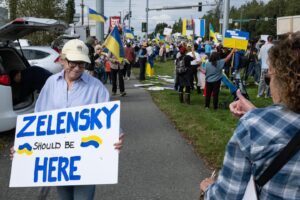 |
Anchorage braces for Trump–Putin summit today as protests warn of deal over Ukraine. Ukraine’s leader and European allies fear Washington could cut a deal over their heads. |
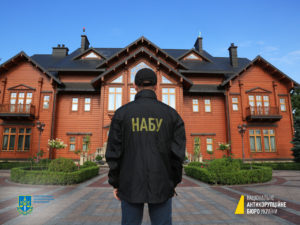 |
Ukraine’s anti-corruption cops just beat the president—but the fight’s not over. Ukraine’s corruption investigators are back to charging million-dollar schemes after surviving a July attempt to strip their independence. But they’re working under a government that still has the administrative tools to derail sensitive cases and has demonstrated its willingness to use them. |
 |
The peace that kills: How the Alaska summit could end Ukraine without ending the war. In Washington, they call it peace negotiations. In Moscow, they call it Ukraine’s legal execution. |
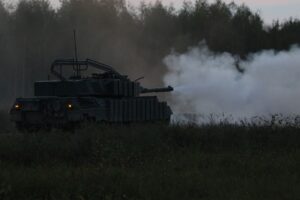 |
Russian infiltrators near Pokrovsk are about to get the tank treatment. Ukraine is rushing heavy armor toward Pokrovsk. The tanks could help roll back a dangerous Russian incursion. |
 |
Russian Easter vodka binges delayed Ukraine’s covert bomber-killing drone strike, SBU reveals. The Security Service of Ukraine originally planned the operation for early May, but Russian drivers’ Easter drinking binges forced a delay for a month |
Ukraine crashes Russian horns of war near Pokrovsk, eliminating 271 occupiers over few days. Smoke and dust rise over the Donetsk horizon as Ukrainian brigades hold the line, crushing Russian attempts to seize Dobropillia and blunting their push toward Pokrovsk.
Russian Grad and tank wiped out in Donetsk by Ukraine’s Phoenix drone unit drones in one mission (video). Video from Ukrainian border guards shows FPV drones eliminating the weapons and infantry.
Putin calls North Korean troops “heroic” – Russia rewards Pyongyang for cannon fodder
. Western intelligence estimates 4,000 of the original 11,000 North Korean soldiers have been killed or injured in Kursk Oblast.
Ukrainian city smaller than Prague faces Russian forces larger than some NATO states’ entire troops. Drawn from Sumy front’s fields, entire Russian brigades roll east, turning a Donetsk town into the focal point of the war in Ukraine
Ukraine’s GenStaff says its deep strikes have erased 4% of Russia’s GDP this year—42% of attacks targeted oil refineries (infographics). Kyiv’s military reveals a breakdown of long-range attacks that have crippled refineries, storage depots, and ports.
Russia abandons foreign fighters in Ukrainian captivity – lured in by promises of riches. Moscow’s foreign recruitment spans six continents while captured fighters remain excluded from all prisoner exchanges.
Russia says 13 drones destroyed — but Syzran refinery burns and videos show fire raging at military-linked fuel plant. Authorities scrambled to impose “Kovyor” plan, grounding aircraft and restricting communications.
Ukraine strikes Russian Olya port in Astrakhan Oblast, targeting vessel with Iranian drone parts. The Astrakhan Oblast port has been used to deliver military cargo for Moscow’s war against Ukraine.
Debris found after Russian Su-30 crash near Ukraine’s Zmiinyi (Snake) Island in Black Sea, Navy says
. Ukrainian officials say radio intercepts showed a Su-30 vanished near Zmiinyi (Snake) Island, with wreckage spotted and the pilot missing.
TWZ: Russia made its missiles smarter — Ukraine’s Patriots are now struggling to catch them. Flight maneuvers and decoys give warheads more ways to beat air defenses.
Militarnyi: Russian Black Sea Fleet’s 43rd Air Regiment loses over half its Su-30SM fighters since 2022. The Crimean-based unit began the war with 12 jets. Seven are now gone, with more damaged.
LIVE UPDATE: Putin lands in Alaska for meeting with Trump. Earlier, the US President Donald Trump suggested that a potential peace deal between Russia and Ukraine might require some territorial exchange for the benefit of both sides.
Trump says Putin’s “genes” may be responsible for strikes on Ukrainian civilians
. He also claimed Ukraine may receive some security guarantees.
“War criminal on US soil”: Alaska erupts as Putin lands for Trump summit. Local voices unite against what they see as legitimizing tyranny.
Lavrov wears “USSR” sweater in Alaska, as his colleague makes it clear — no peace deal signing today. Putin and Trump will sit across from each other as Alaska braces for tense discussions that will shape Europe’s future.
Global crowds demand “no new Munich” as Trump-Putin summit excludes Zelenskyy. Global demonstrations reject territorial concessions as bilateral meeting sidelines Ukrainian president
Hungarian opposition leader Péter Magyar says Kremlin has joined Orbán’s campaign against him. The Kremlin’s spy agency echoed Viktor Orbán’s rhetoric, portraying Magyar as a Brussels stooge ahead of April’s elections.
From Kharkiv to Kherson, Russia’s war on civilians kills again in latest day of strikes. Ukraine’s Air Force said it intercepted 63 of 97 Russian drones overnight, but two Iskander-M missiles and several UAVs still hit 13 locations.
“Get out now”: Ukraine tells families to flee as 5 more Donetsk towns face Russian guns closing in. Regional officials added Druzhkivka and four nearby villages to the evacuation list as Russian strikes reach 3,000 a day.
Read our earlier daily review here.
You could close this page. Or you could join our community and help us produce more materials like this.
We keep our reporting open and accessible to everyone because we believe in the power of free information. This is why our small, cost-effective team depends on the support of readers like you to bring deliver timely news, quality analysis, and on-the-ground reports about Russia's war against Ukraine and Ukraine's struggle to build a democratic society.
Become a patron or see other ways to support.
